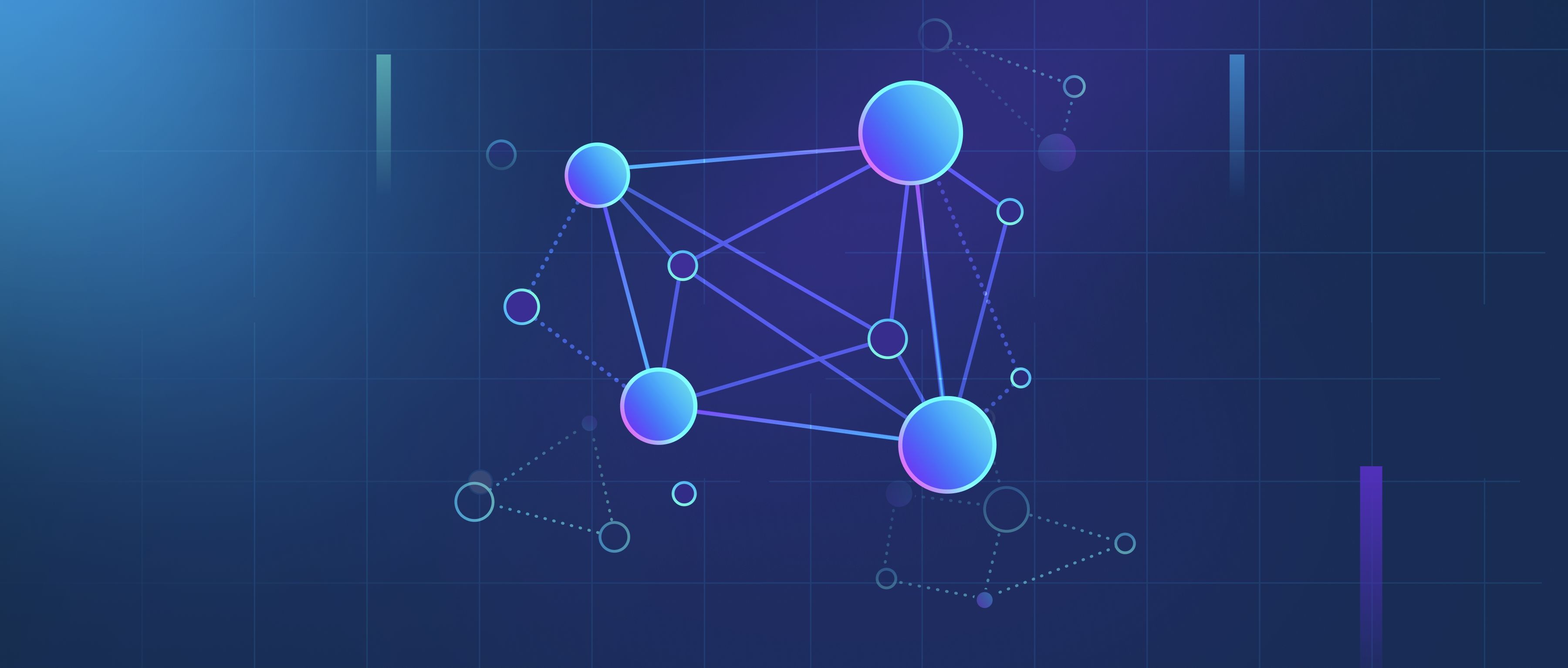Edge AI refers to the deployment of artificial intelligence algorithms directly on devices at the "edge" of a network, rather than relying on central servers or cloud computing. This approach utilizes deep learning models to perform tasks such as image recognition, natural language processing, or anomaly detection without needing constant internet connectivity. By implementing these models on edge devices, such as smartphones, drones, or IoT sensors, data processing occurs close to the source, resulting in reduced latency and enhanced privacy since sensitive data does not need to be transmitted to a central server.
Deep learning models are trained on large datasets to recognize patterns and make decisions. In the context of edge AI, these trained models are often optimized to run on devices with limited computational power. This optimization process might involve techniques such as quantization, which reduces the number of bits needed for model weights, or pruning, which removes less important parts of the model. For example, a deep learning model for image classification can be converted for use on a smartphone by simplifying the architecture while retaining enough accuracy to perform its intended function.
The interaction between edge AI and deep learning models is not just a matter of efficiency but also of functionality. For instance, a smart camera equipped with edge AI can identify threats in real-time without needing to send the video feed to the cloud for analysis. This capability is especially valuable in scenarios where immediate responses are crucial, such as in autonomous vehicles, where a car must process data from cameras and sensors instantly to make safe driving decisions. By leveraging deep learning models on edge devices, developers can create sophisticated applications that operate independently of constant cloud access, ensuring faster responses and improved overall user experience.
